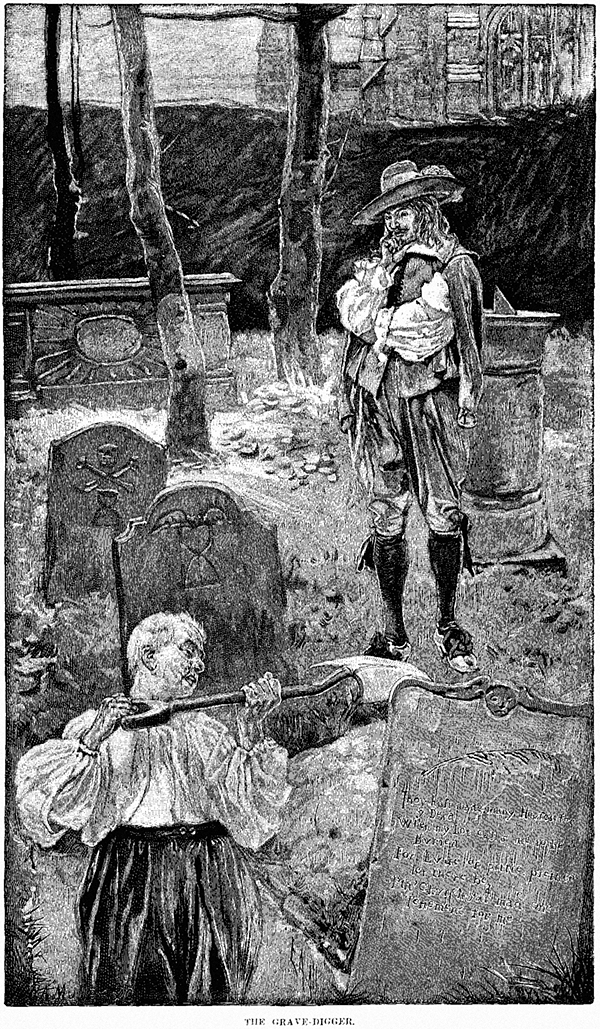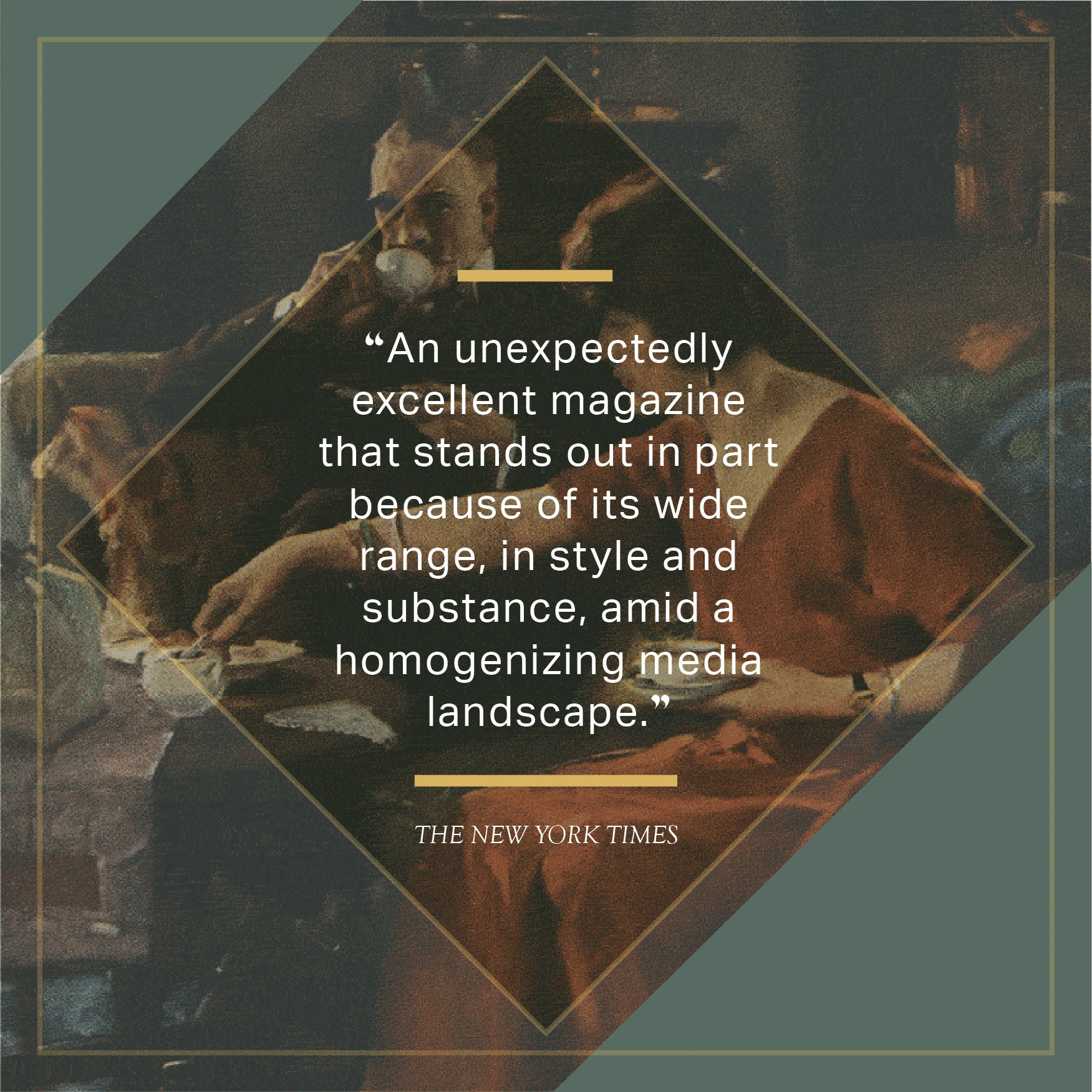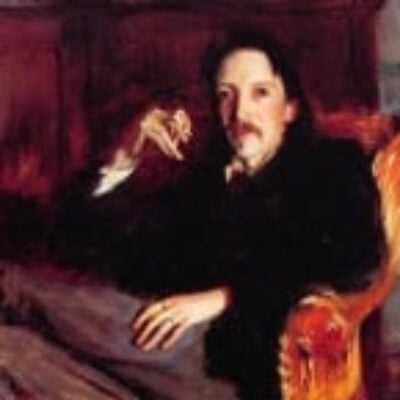
Weirdly, the less social authority a profession enjoys, the more restrictive the barriers to entry and the more rigid the process of producing new producers tend to become. You can become a lawyer in three years, an M.D. in four years, and an M.D.-Ph.D. in six years, but the median time to a doctoral degree in the humanities disciplines is nine years. And the more self-limiting the profession, the harder it is to acquire the credential and enter into practice, and the tighter the identification between the individual practitioner and the discipline. Disciplines are self-regulating in this way for good academic freedom reasons. The system of credentialing and specialization maintains quality and protects people within the field from being interfered with by external forces. The system has enormous benefits, but only for the professionals. The weakest professional, because he or she is backed by the collective authority of the group, has an almost unassailable advantage over the strongest non-professional (the so-called independent scholar) operating alone, since the non-professional must build a reputation by his or her own toil, while the professional’s credibility is given by the institution. That is one of the reasons that people are willing to pay the enormous price in time and income forgone it takes to get the degree: the credential gives them access to the resources of scholarship and to the networks of scholars that circulate their work around the world. The non-academic writer or scholar is largely deprived of those things. This double motive—ensuring quality by restricting access—is reflected in the argument all professions offer as their justification: in order to serve the needs of others properly, professions must be accountable only to themselves. —“The Ph.D. Problem: On the professionalization of faculty life, doctoral training, and the academy’s self-renewal,” Louis Menand, Harvard Magazine
Eat your dog (it’s worse for the planet than a car, to say nothing of the emissions);
photos of Shackleton’s South Pole whiskey stash;
burning cities firescreens;
rural Chinese painted signage, fighting to maintain official corruption
The most valuable position—the “first”—is the one in the upper left corner of the grid. This position is usually reserved for a person’s “best” friend, significant other, or a close family member. While few object to a significant other’s appearing first, some teens, especially girls, get jealous when other same-sex peers are listed above them on the page of the person they believe to be their closest friend. Exceptions are made for family members and it is common in some teen circles to list family first. While some teens list family to avoid conflict with friends, others do so because they see a family member as their closest friend. This is exemplified by Laura, a white 17-year-old with Native American roots from suburban Washington state, who says: “My sister is in position number one because she is one of my best friends and she will be there for me most likely longer than anyone else.” Although most teens find a way to manage the Top Friends feature, others prefer to avoid it altogether. Some intentionally leave the site’s founder in the first position while others find more creative solutions. One teen explained that she changed her Top Friends every month, creating themes such as “all Sagittarius Friends.” After getting frustrated with the resultant social drama, Amy, a half-black/half-white 16-year-old from Seattle, found code that allowed her to not display her Top Friends on her profile so that no one could see them and, thus, no one could be upset with her. While Amy’s approach is uncommon, it highlights the power of this feature in shaping how teens interact with the site. —“Friendship,” danah boyd, in Hanging Out, Messing Around, Geeking Out: Living and Learning with New Media (via)
Celebrity-obsessed L.A. teen girls robbing their idols
as Saudi Arabia flogs its troubled teens, who lack for fun, and Chinese netizens perform “human flesh search” to punish a mean teenage girl
You might have guessed by now that my father was not an affectionate man. He never cuddled with me or my brothers. I tried to force him to show affection, and was told that I made a pest of myself. When he was home, I remained near, pulling attention-gaining pranks as frequently as I dared. Nothing sparked his fatherly warmth. In fact, my annoying behavior encouraged him to start carrying his signature cane. As time passed, he began caning me and my brothers for the slightest infraction. —“My Father, the Terrorist: A son of Osama bin Laden paints an intimate portrait of the man who would become the world’s most infamous terrorist,” Omar bin Laden, Vanity Fair
Chimps grieve as one of their own, a former smoker and beer drinker, is wheeled away to burial;
stock photography: grieving (mostly moping, actually);
two arrested for robbing the cars of cemetery visitors;
“Laid His Hoary Head to Rest Beneath This Mournful Turf,” “Rested From His Labors,” “Quitted the Stage,” “Was Casually Shot,” “Unhappily Parish’d in the Flames,” “Nobly Fell By the Impious Hand of Treason and Rebellion,” “Fell in Battle at Molino del Rey,” “Remanded,” “Translated to His Masters Joy,” “Bid Adieu to Earthly Scenes,” “I Am Only Going Into Another Room”–101 ways to say “died,” with gravestones


